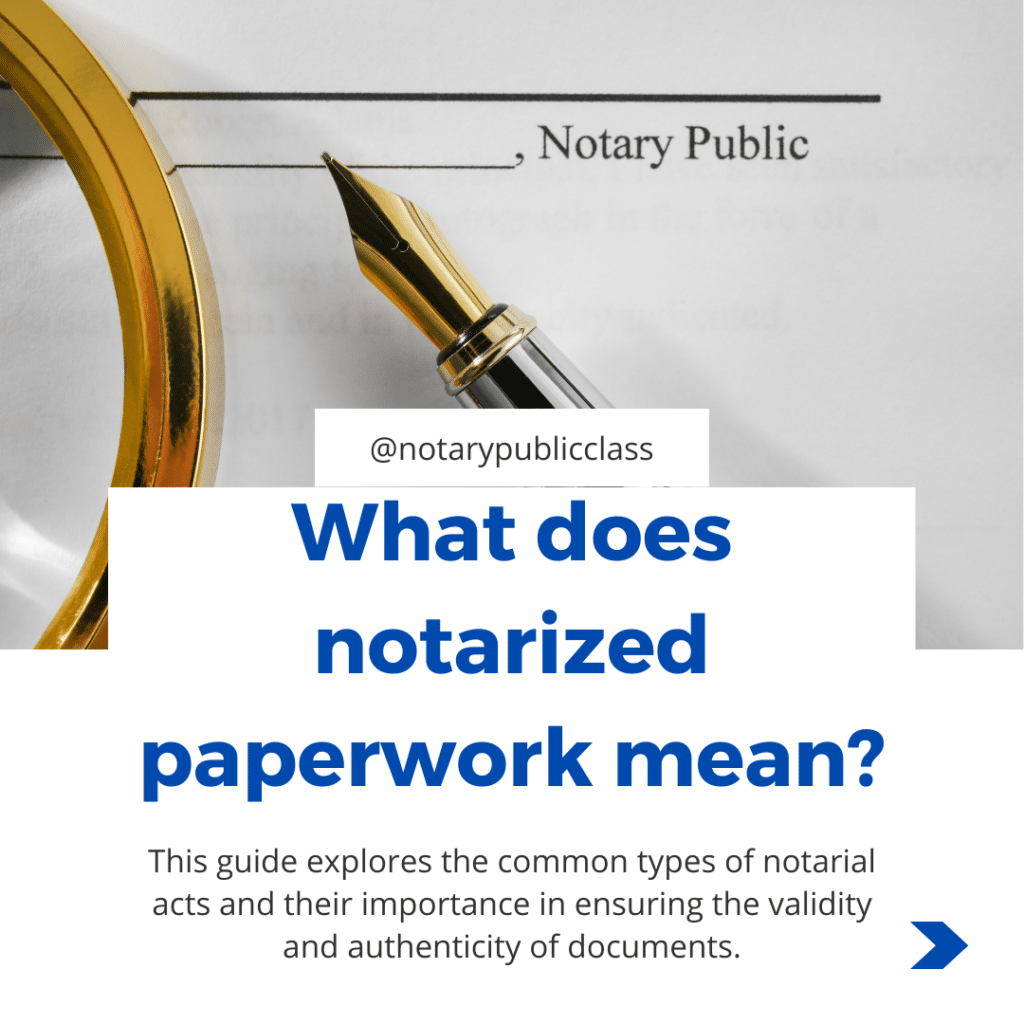Design Slab Structures Efficiently with Excel

The engineering field has increasingly adopted the use of software tools to optimize workflows and calculations, among which Microsoft Excel stands out for its versatility and availability. Engineers engaged in slab structure design, whether it's for residential, commercial, or infrastructure projects, will find Excel to be a powerful tool for data management, analysis, and design calculations. Here's a comprehensive guide on how you can efficiently design slab structures using Excel, tailored for structural engineers looking to enhance productivity.
Understanding Excel for Slab Design

Excel can serve multiple roles in the design of slab structures:
- Data Organization: Efficiently manage project details, dimensions, material properties, and design parameters.
- Calculation Automation: Automate routine calculations using formulas, reducing manual errors and time.
- Design Optimization: Perform iterative design processes to find optimal solutions.
- Documentation: Document your design process and results in a structured format.
Preparing Your Excel Sheet for Slab Design

Before diving into the design process, prepare your Excel workbook to set the foundation for efficient slab design:
- Create separate sheets for different parts of your design process:
- Input Data: Project details, site information, load cases.
- Material Properties: Concrete, reinforcement details.
- Slab Design Calculations: Where actual design steps are calculated.
- Results & Output: Visualizing the design outcomes.
- Utilize dropdowns, data validation, and conditional formatting to streamline data entry and review.
Key Steps in Slab Design Using Excel

1. Gathering and Inputting Data

Begin by inputting all necessary data. Use tables and named ranges:
| Data Category | Details to Input |
|---|---|
| Project Information | Location, building type, number of stories, etc. |
| Material Properties | Concrete grade, steel yield strength, reinforcement cover, etc. |
| Load Cases | Dead loads, live loads, wind loads, seismic loads, etc. |

2. Load Calculations

Calculate the loads on the slab:
- Formulate the load equations using Excel functions.
- Use named ranges for easy updates.
- Apply conditional formatting to highlight critical values.
3. Structural Analysis

Analyze the slab to determine:
- Moments, shear forces, and deflection.
- Implement tools like VBA macros for complex analysis.
4. Reinforcement Design

Based on the analysis, design the reinforcement:
- Calculate bar spacing, diameter, and total steel required.
- Use Excel's solver add-in for optimizing reinforcement layouts.
- Implement custom functions for calculations specific to slab design standards.
5. Checking Results and Iteration

Iteratively check your design against:
- Building codes and standards.
- Serviceability limits like deflection.
- Adjust design parameters in Excel to meet requirements.
📝 Note: Remember to back up your Excel workbook regularly and consider using Excel's version control to track changes over time.
Throughout the design process, Excel can assist in automating calculations, thereby reducing the potential for human error, while also providing a platform for efficient design documentation. By organizing your design process in Excel, you can work in a logical, step-by-step manner, which is crucial for effective structural engineering.
Summary and Key Points

Excel provides structural engineers with a multifaceted tool for designing slab structures. Key benefits include:
- Ease of data management and organization.
- Automation of repetitive calculations to increase accuracy and efficiency.
- Flexibility to perform iterative design optimization.
- The ability to document the entire design process for future reference and reviews.
By embracing Excel's capabilities, engineers can streamline their design process, thereby improving productivity and reducing design errors. This guide provides a foundation upon which you can build and customize your own Excel sheets to suit specific project needs and design practices.
Can Excel handle complex structural analysis?

+
Excel can handle basic to intermediate levels of structural analysis. For very complex analyses, specialized software like SAP2000 or STAAD might be more appropriate. However, Excel can still be used for initial designs or to validate complex analyses by external software.
How do I ensure my Excel sheet complies with design codes?

+
Embed formulas and checks into your Excel sheet that align with the relevant design codes (like ACI, Eurocodes, etc.). Regularly update these checks to match the latest codes or use VBA to automate compliance checks.
What are the advantages of using Excel for iterative design?

+
Excel allows for quick adjustments and immediate recalculation of designs. This feature supports iterative processes where design parameters are tweaked until the desired performance metrics are achieved, which is both time-saving and insightful for engineers.
How can I protect sensitive data in my design sheets?

+
Excel provides several security options like password protection, cell locking, and restricting editing permissions. Use these features to safeguard critical or proprietary information within your design sheets.



